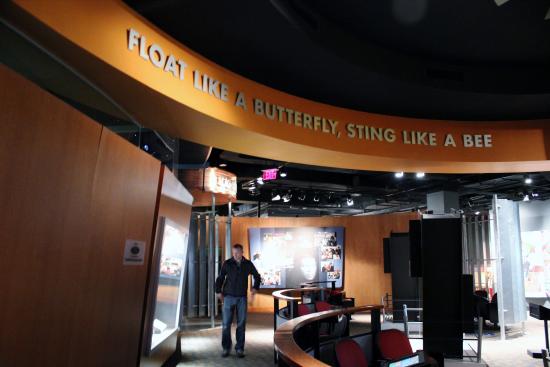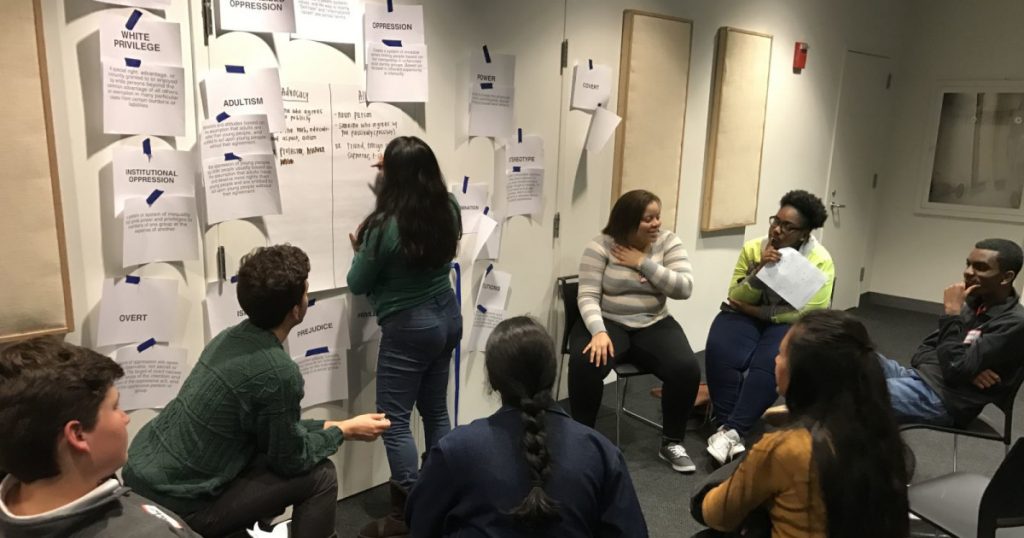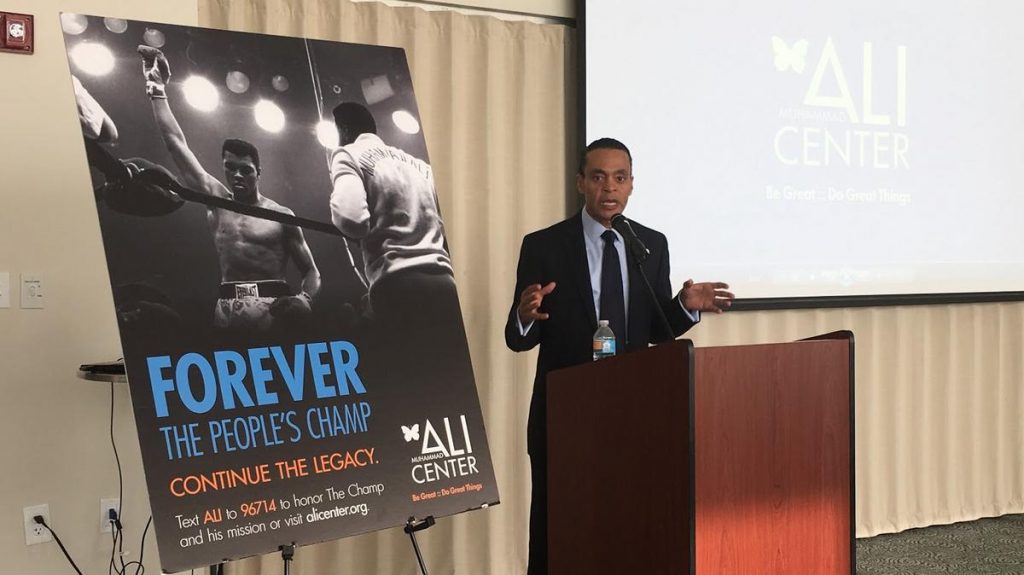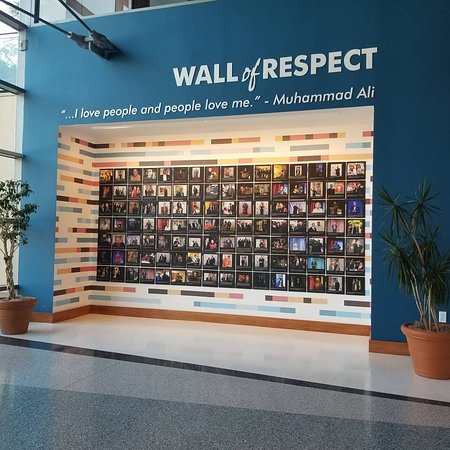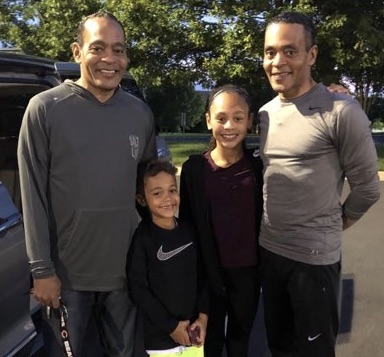
BY JUDY CARMACK BROSS
Co-Chairs Connie Barkley and Erica Meyer pitched “The Hottest Ticket” for the Guild of the Chicago History Museum’s celebration of “A Hot Time in the Old Town” on the exact 150th anniversary of the great Chicago fire, October 8, 1871.

Co-chairs Connie Barkley and Erica Meyer welcomed Chicago firemen.
Guests followed the dress code (“smoking hot attire”); delighted in the welcome wagon, a Chicago fire truck; took home clever favors (red hot candies made in Chicago) and surprises for some lucky winners (from hit show Chicago Fire); welcomed Fire Commissioner Annette Nance-Holt, the city’s first female and first person of color to head the head the country’s second largest fire department; and toasted the opening of “City on Fire, 1871,” the museum’s inspiring new exhibition on the fire and the city’s re-building.

Kathleen Haines-Finley and friends chose red for their evening’s attire.

Table decor.

Donald Lassere, Annette Nance-Holt, Connie Barkley, Erica Meyer, Julius Jones, and Carl Smith.
“It was 150 years ago minus just one hour,” Carl F. Smith, noted historian and author of Chicago’s Great Fire, told the sold-out audience at the program, which preceeded the dinner with its delicious finale, molten chocolate cake. The exhibition’s curator Julius L. Jones, who moderated the program, laid to rest the Mrs. O’Leary legend when asked the cause of the fire: “My theory, and we will never know, is that it was a cigarette butt dropped at a party down the street from her house.”

West Lobby of the Museum, featuring the sculpture of Daisy the cow.
He pointed out that an extended inquiry was finally conducted by the City of Chicago in 1997, which officially exonerated her and her cow Daisy from causing the fire. Jones explained, “The exhibition is about making sense of the fire in its richness and complexity. The fire affected 100,000 Chicagoans. They were fleeing and had to answer question like: Where do I eat? Where do I sleep?”
Smith added, “The fire teaches you that you have to look ahead. The city sprang up again, led by the same faces who had suffered in the fire. Much of the city was re-built by the fall of 1873, despite the country’s financial crisis at the time. An equivalent of $200 million in today’s dollars was sent from around the world, often in envelopes marked simply ‘To the people of Chicago.’ Even Queen Victoria sent a book for a library that would soon be established.”
Earlier in the evening Jones and Museum President and CEO Donald Lassere gave Chicago Mayor Lori Lightfoot a guided tour of the blockbuster exhibition, which features relics such as household goods melted by the intense heat, amazing murals, and tales of families facing the fire, and the meaningful story of how Chicago rose from the ashes. “The exhibition is 100 percent from the collection of the Chicago History Museum,” Jones said.

Lawrie Weed, Membership Chair Dania Leemputte, and guests.
Lawrie Weed, President of the Guild Board of Directors, told us: “October 8th was a banner day at the CHM with the Guild’s gala benefit celebrating the opening of the Chicago Fire Exhibit and the opening of the RAIN GARDEN as part of the Jaffe Family Chicago History Trail in Lincoln Park. Hoping everyone will join us for our next event in December 9 when the Great Lakes Dredge and Philharmonic Society will sing at the Museum.”
Co-chair Meyer added: “It was such an honor to join all those who attended to commemorate the Great Chicago Fire on a day that felt similarly transformative to the quenching of that conflagration, the Guild’s first event at the History Museum since the onset of COVID.”

Jeff Williams, Laurie McRay, Iram Shah, Emily Nagel, Nell McKeown, Debra McKeown, and Mick McKeown.

Courtney Hopkins, Tobin Hopkins, D Elizabeth Price, Michael Anderson, Andrew Caruso, and guests.

Michael Fassnacht, Rhonda Duffaut, Donald Lassere, LeAndrea Jones, and Julius Jones.
To learn more about “City on Fire, 1871” and the Chicago History Museum, visit chicagohistory.org.
Photo credit: Sean Su Photography








